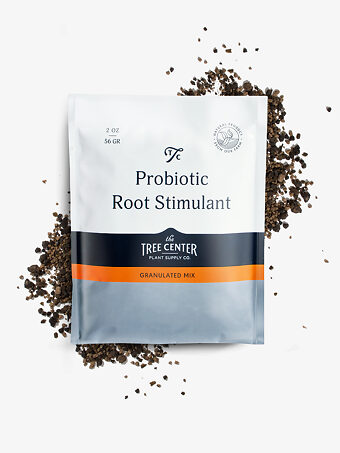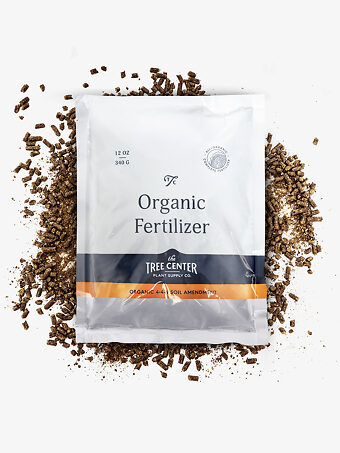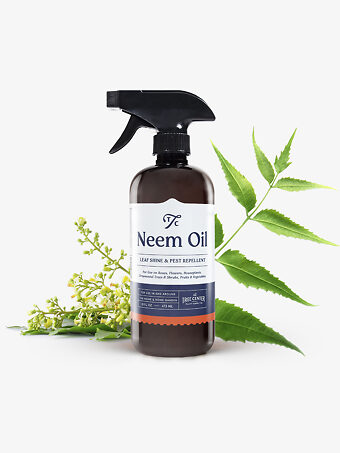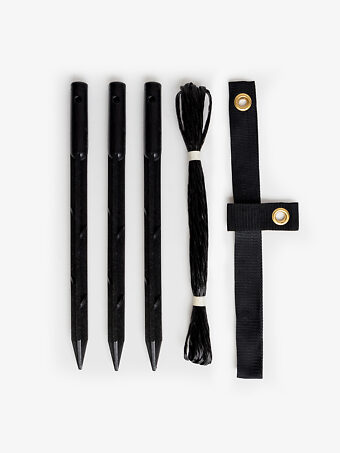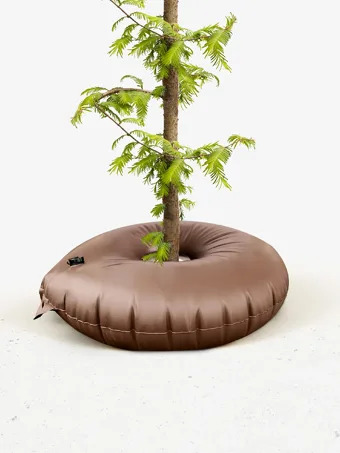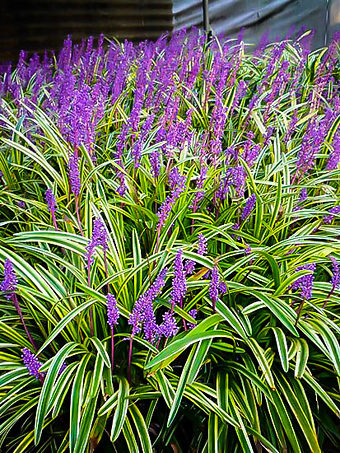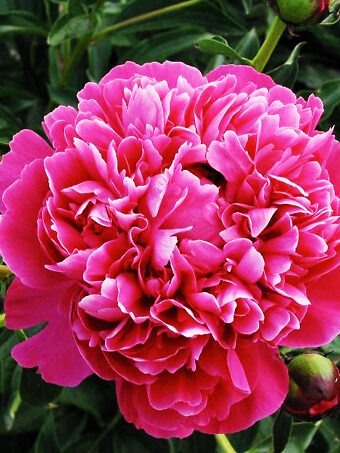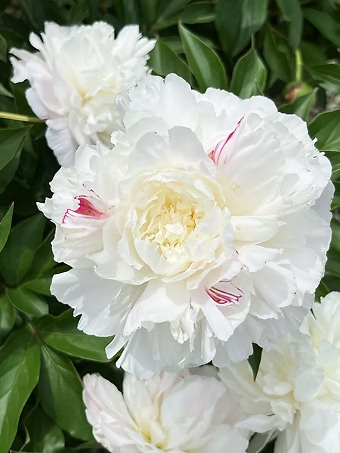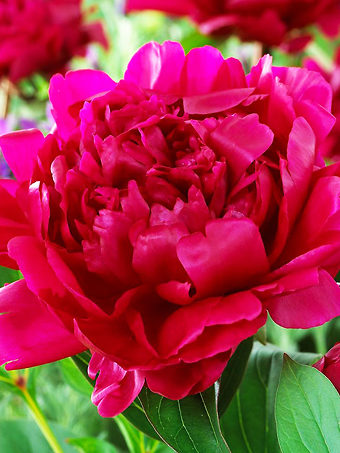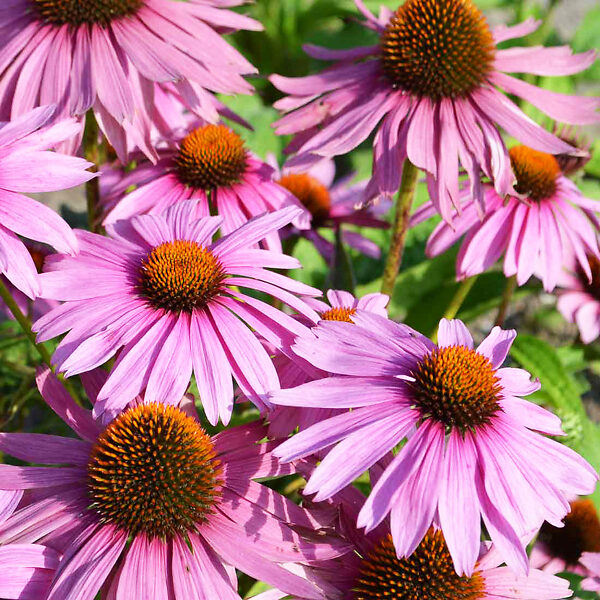
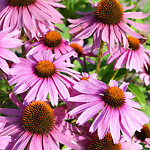
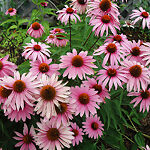
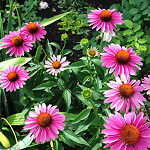
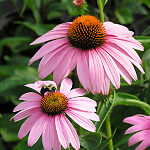

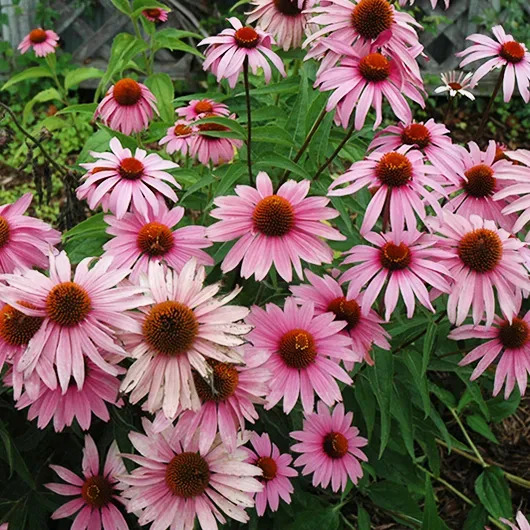
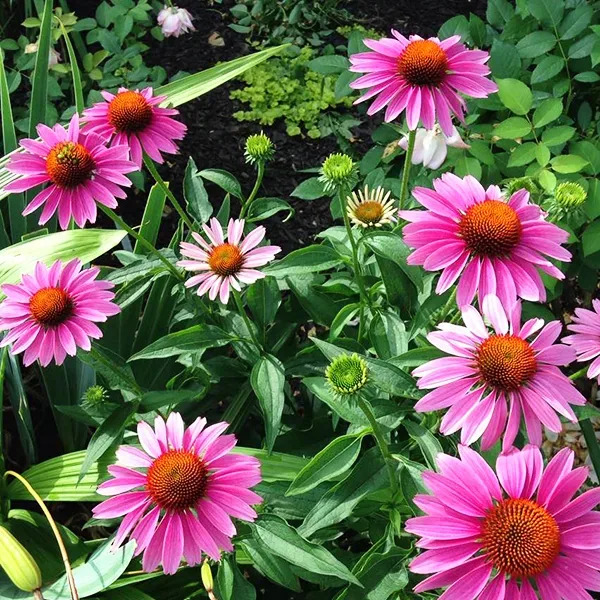
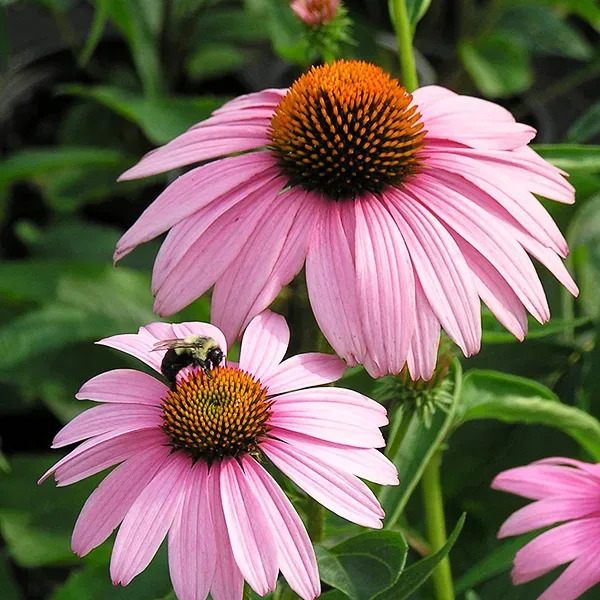
Magnus Coneflower
Echinacea purpurea ‘Magnus’View more from Echinacea
Magnus Coneflower
Echinacea purpurea ‘Magnus’
this item doesn’t ship to
If you love the classic rosy-purple of coneflowers, with that fat orange cone, then the Magnus Coneflower is your obvious choice. Well-established, vigorous and reliable, this variety has wone awards since it was first introduced in the 90’s. Still the top pick for durability and vigor, it is remarkable for the large size of the flowers, and for the way the petals are held out flat, not drooping as they are in the wild original. Standing 2 to 3 feet tall, on strong, weather-resistant stems, it blooms throughout the whole summer, gradually maturing the blooms into big, seed-filled cones, but always looking great. It’s adored by seed-eating birds, so leave the cones through winter for them. For every garden style, from formal perennial borders to meadows, wild gardens, and sunny, dry slopes, no garden is complete without this great flower in abundance.
- Very large flowers of rosy-purple with orange cone centers
- Abundant flowers on 2 to 3 foot stems
- Blooms all summer
- Drought resistant and transformative for barren areas
- Valuable winter food for seed-eating birds like goldfinches
Full sun will give the most abundant blooming and vigorous growth from the Magnus Coneflower. Plant it in any well-drained soil, from clay to rough gravels, and in garden beds or wild areas. Once established it is very drought resistant, and thrives in all those hot and dry parts of your garden. Generally left alone by pests, diseases and deer, it is loved by butterflies and pollinators, and by birds for the seeds in winter. Cut old flowering stems to the ground between fall and spring – the leaves just shrivel and don’t even need collecting.

Botanical Name:
Echinacea purpurea ‘Magnus’
Mature Width:
1-2 ft
Mature Height:
2-3 ft
Grows Well In:
Zones 4-8
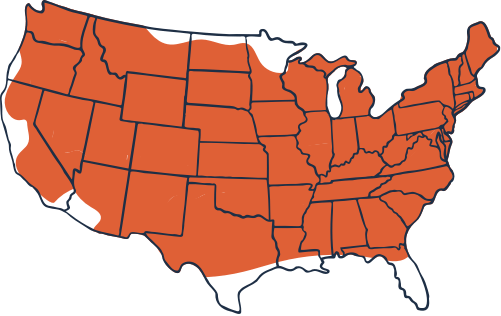
Sun Needs:
Full Sun
Water Needs:
Low
Growth Rate:
Medium
Flower Color:
Pink, Purple
Flowering Season:
Summer
